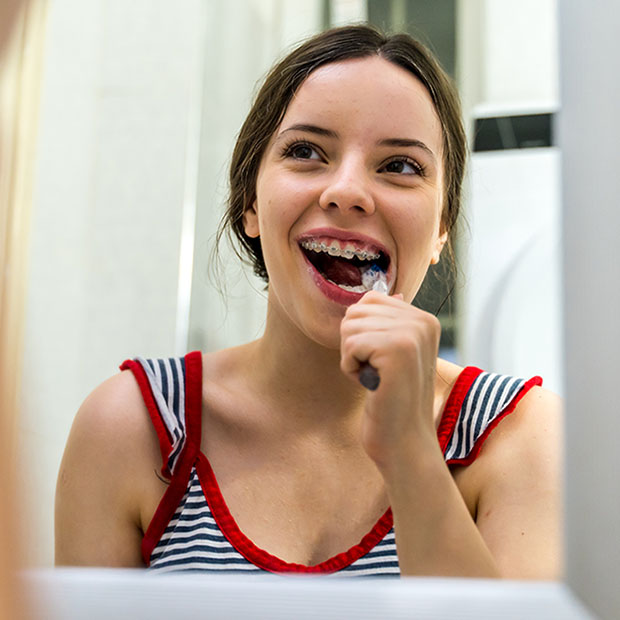Become a Braces-Wearing Dental Hygiene Expert

Getting braces is an exciting step toward a healthier, more confident smile.
However, it also means learning new oral hygiene habits. While maintaining clean teeth and gums becomes more challenging with orthodontic appliances, mastering these techniques will protect your investment and ensure the best possible treatment outcome.
The Foundation: Proper Brushing Technique
Brushing with braces requires patience and the right approach. Use a soft-bristled toothbrush and fluoride toothpaste, spending at least two minutes during each session. Start by rinsing your mouth with water to dislodge loose food particles. Hold your toothbrush at a 45-degree angle and brush in small circular motions, paying special attention to the areas around brackets and wires.
Focus on three key zones: above the brackets (toward the gums), on the brackets themselves, and below the brackets (toward the biting edge). Don’t forget to brush your tongue and the roof of your mouth to remove bacteria and freshen breath.
Essential Tools for Success
Investing in the right tools makes all the difference. An interdental brush or proxy brush easily fits between wires and brackets to clean hard-to-reach spaces. Water flossers are game-changers for braces wearers, using pressurized water to blast away plaque and food particles from areas traditional floss cannot reach.
When using traditional floss, try a floss threader to guide the floss under the main wire. Orthodontic wax becomes your best friend for covering sharp edges that might irritate your cheeks or lips. Keep a travel-sized oral care kit for cleaning after meals away from home.
Navigating Dietary Considerations
Protecting your braces means being mindful of what you eat. Avoid hard foods like nuts, ice, and hard candies that can break brackets or bend wires. Sticky foods such as caramel, gum, and taffy can get trapped in your appliances and are difficult to remove completely. Cut corn off the cob, slice apples into small pieces, and tear meat into bite-sized portions rather than biting directly into foods. When enjoying treats, choose softer options and always brush or rinse afterward.
Recognizing Warning Signs
Stay alert for signs that require immediate attention. Persistent pain, loose brackets, broken wires, or unusual swelling should prompt a call to your orthodontist. White spots around brackets may indicate developing cavities, while red, swollen, or bleeding gums suggest gingivitis. Regular professional cleanings become even more important during orthodontic treatment. Your dental hygienist has specialized tools and techniques to thoroughly clean around your braces.
The Long-Term Perspective
Remember that excellent oral hygiene during orthodontic treatment sets the foundation for lifelong dental health. The habits you develop now will serve you well after your braces come off. Take progress photos to see how your smile transforms, and celebrate small victories along the way. Your commitment to proper oral hygiene will be rewarded with a beautiful, healthy smile that lasts a lifetime.